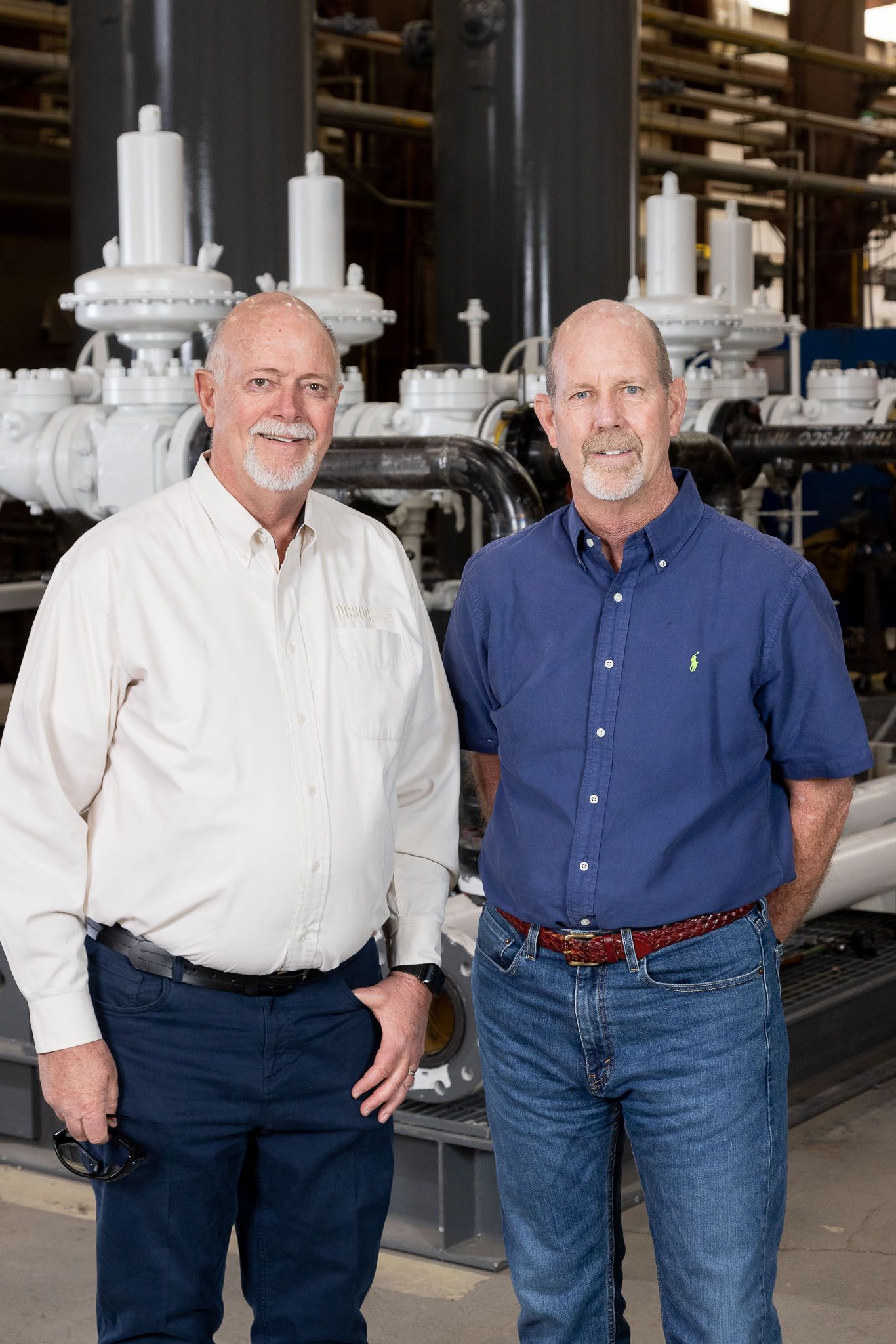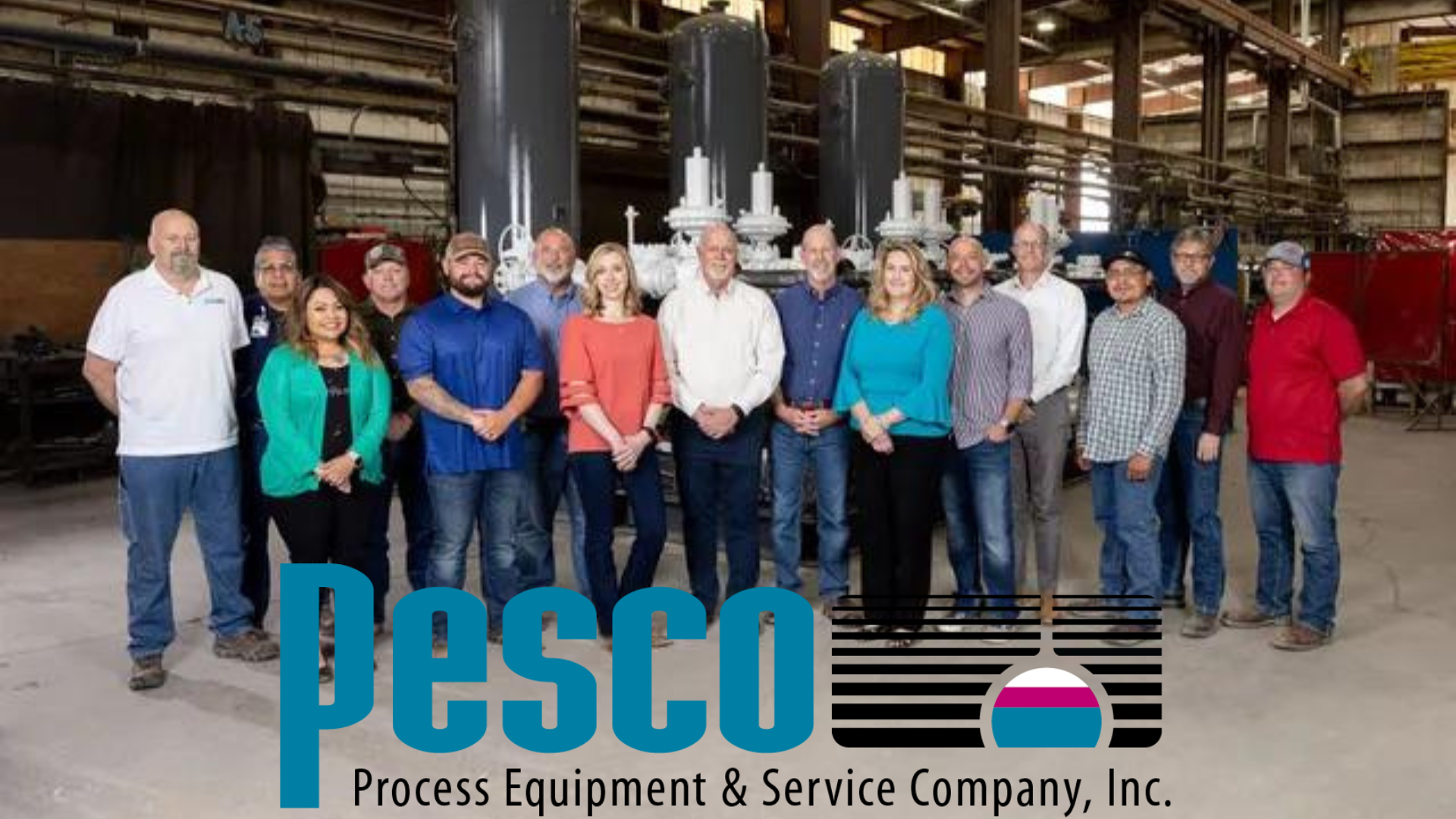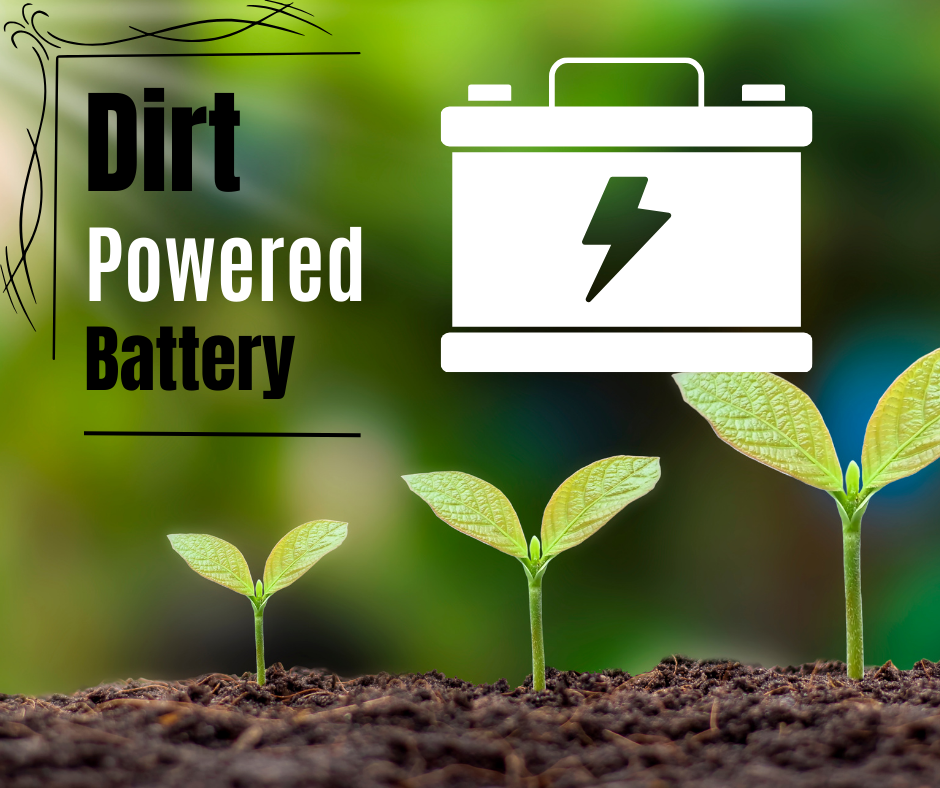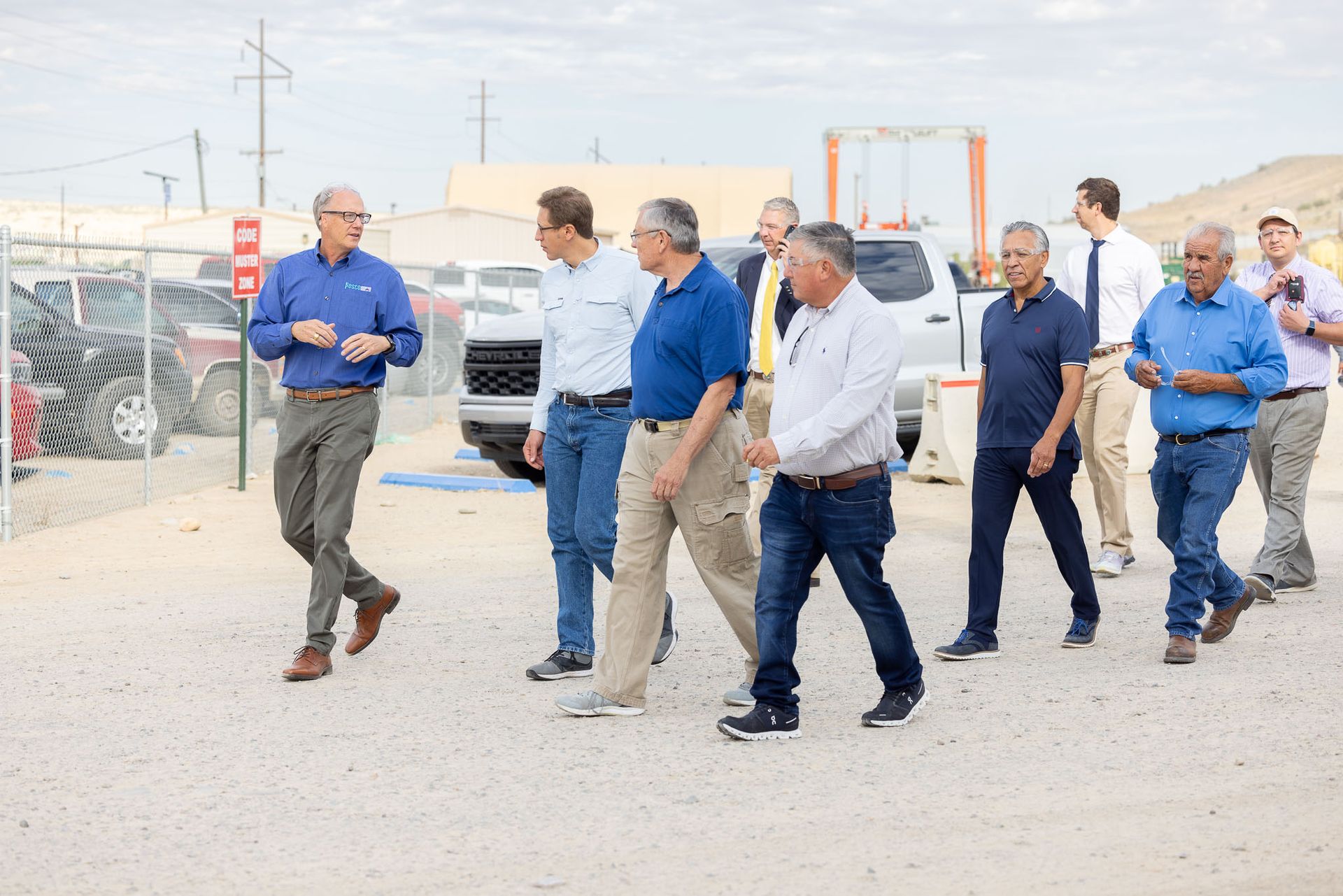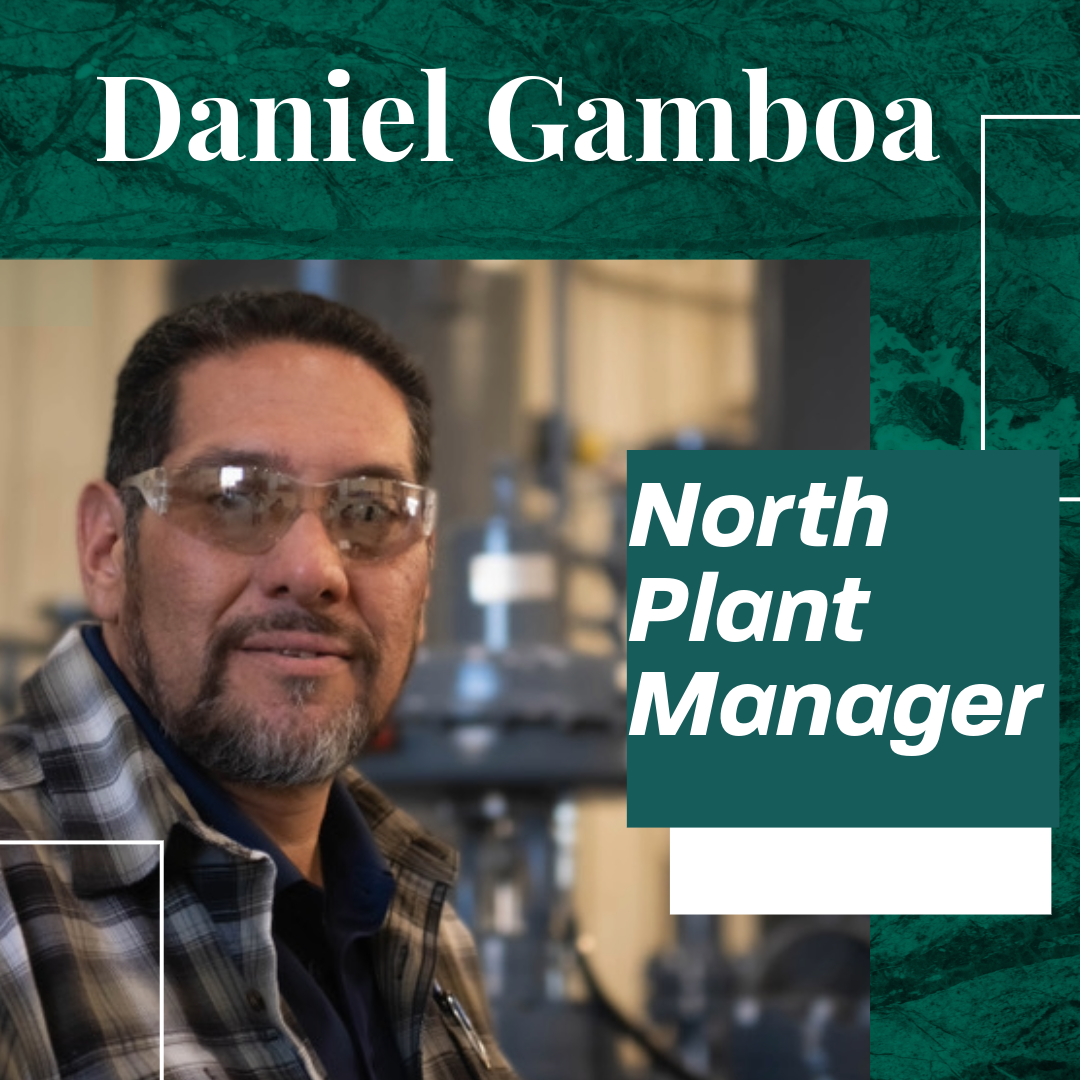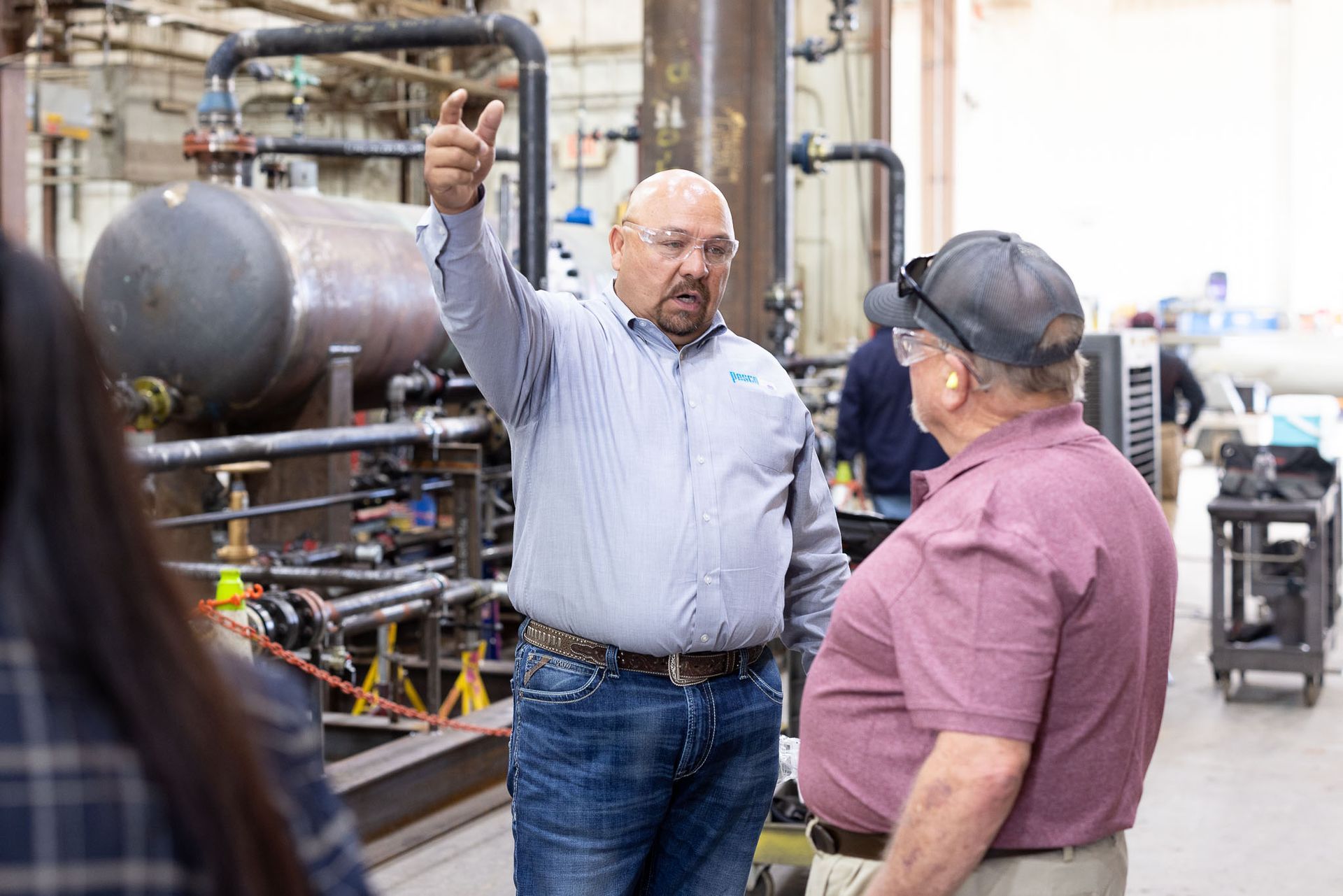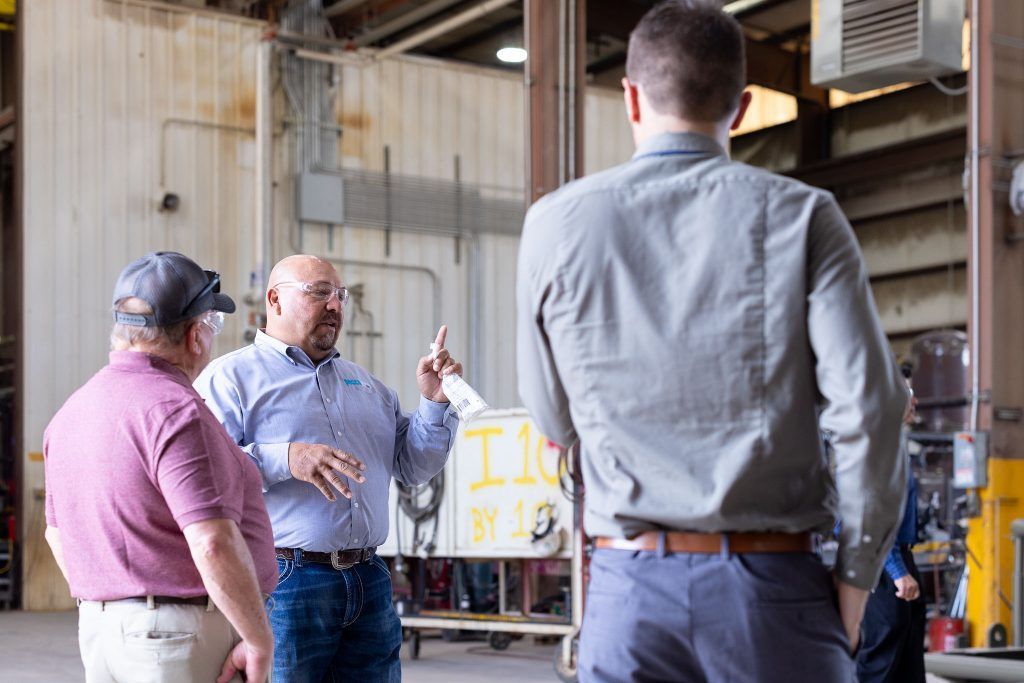Li Recovery From O&G Wastewater
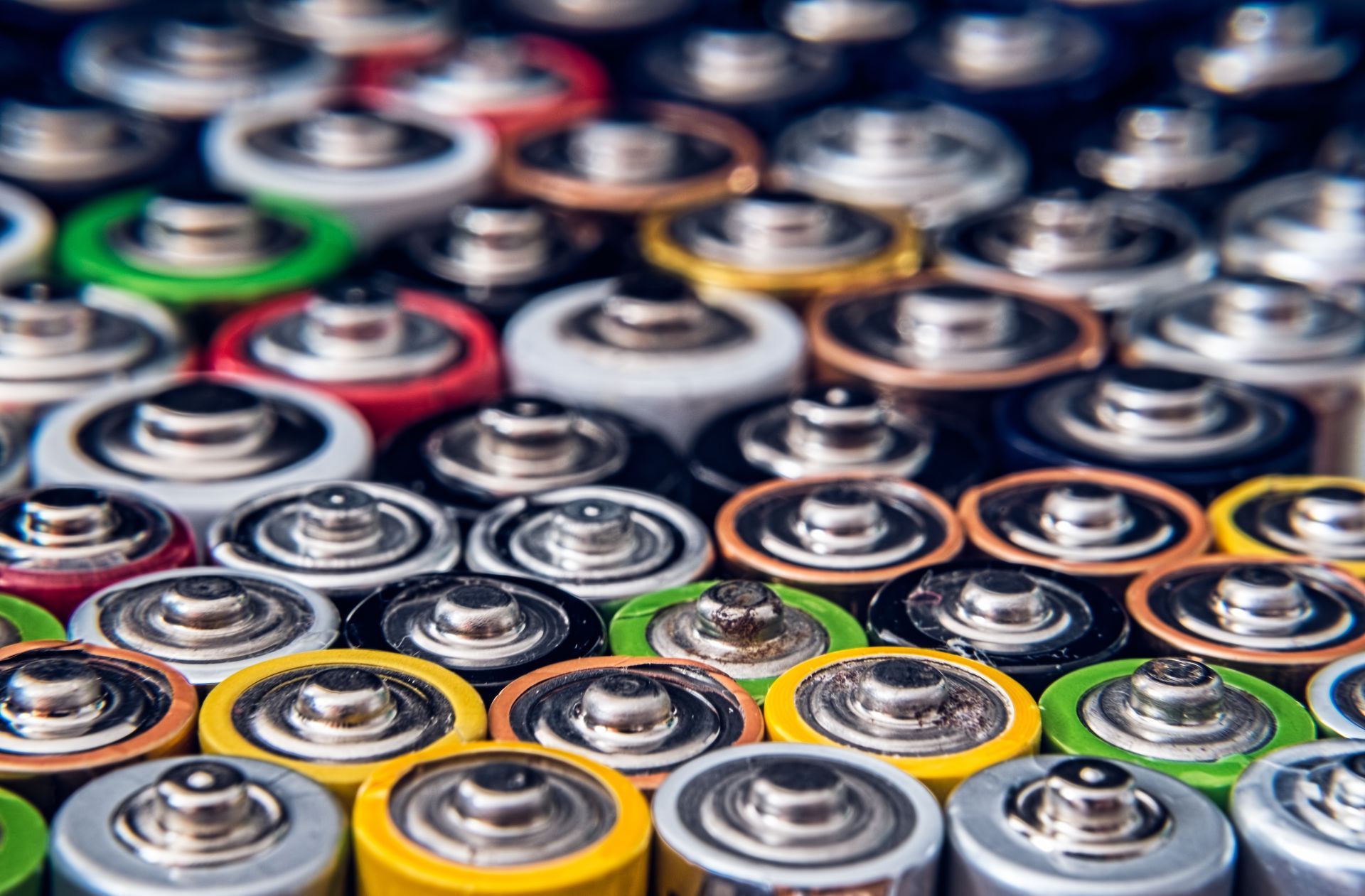
While the oil and gas industry continues to produce and fuel our economy, the pursuit of alternative energy sources continues to spark interest among Oil and Gas (O&G) companies. By looking at readily available resources already in place within the oil and gas structure, new ideas are emerging for how to maximize things like wastewater to bring even more efficiency to the table.
Produced water from O&G wells has long posed problems for the oil and gas industry. Because it contains mineral salts, organic compounds, and heavy metals, disposing of it has proven challenging. In the past, a tiny percentage of wastewater has been used in various ways like fire control, power generation, equipment and vehicular washing, or even irrigating non-edible crops where the water is shown to be clear enough. However, most wastewater is either treated and reused for fracking in place of using fresh water, or it is disposed of in wells deep underground.
But what if we could get more out of O&G wastewater?
Now we can. And the potential has huge benefits not only for the O&G industry but for our nation as a whole.
Lithium
With the increasing demand for Lithium (Li), it’s hard not to wonder if and when the monopoly will begin in South American, China, and Australian Li recovery operations. Because they are some of the world’s biggest suppliers, places like North America and Europe are growing dependent on their production. Our dependency on lithium is due to its use in the energy-storage sector, not only in Li-ion batteries but also in its potential use in thermonuclear fusion. And let’s not forget smartphones and other electronics, or how it’s used in CO2 adsorbents that are used in submarines and aircraft.
Because of its increasing value and consumption, the search for Lithium has spurred researchers to start looking in unexpected places and new innovative ways to recover Lithium in locations we had previously thought impossible.
Like the oil and gas industry.
Lithium in O&G Wastewater
For years lithium has been known to be in water produced with crude oil and natural gas from underground reservoirs. On locations such as the Smackover Brine - a large limestone aquifer spanning Arkansas, Louisiana, Mississippi, and Alabama - Li extraction has proven fruitful and promising. The current method of extraction on locations such as this is evaporative ponds, harnessing roughly 209,000tpa (tonnes per annum) from the El Dorado, Southern Arkansas location alone.
But evaporative ponds do have their downfall. The evaporation process is lengthy - taking a full year for the complete process - and Li levels must be highly concentrated in the water in order for this method to work. Thus, the oil and gas industry has been largely overlooked because the Li levels in wastewater from oil and gas are far less concentrated.
Does that mean O&G wastewater as a source for Li is a non-starter? Innovators today say no.
Here’s why.
Absorbents and Membranes
The problem with O&G wastewater is its lower levels of Li concentration and Li’s difficulty in being selectively recovered. But with shale plays in the Eagle Ford and Permian Basins in Texas generating millions of gallons of produced water every day, it’s imperative to look towards a ripe opportunity to glean such a valuable element.
And emerging technologies may just have found a way to do that.
Absorbents
Commonly used in water purification and decontamination, ion-exchanged absorbents have long been utilized. But unlike other minerals and heavy metals, Li is much harder to selectively absorb. With O&G wastewater containing such high values of other elements, companies like Dow Chemical in the U.S. are approaching the problem from a new angle. By developing an aluminum-loaded resin, they were able to successfully select Li from brine water. In fact, several companies - FMC, Simbol, and Eramet - have seen the promise in aluminum-based absorbers and have their own patents.
Similarly, other companies have infused a specific chemical compound that makes it highly selective for Li, separating it from sodium and potassium ions. These infused solvent resins have proved very promising in the Li recovery game.
Membrane
Another method currently underway utilizes membrane technology - and it’s already showing potential. What’s great about membrane technologies is their ability to be applied to wastewater that has a far lower concentration of Li, which is typical of most oil and gas wastewater. Furthermore, membrane technology can be utilized on a variety of wastewater and brines, and is less costly than absorbents, making it more versatile and alluring to the oil and gas industry.
A recent test was done using this strategy, studying nano-filtration and low-pressure reverse osmosis to separate the Li-ion from wastewater brine. With favorable results, this method of extraction will undoubtedly continue to grow in practicality for Li extraction.
In fact, our very own New Mexico Institute of Mining and Technology is actively developing new membrane systems specially designed for Li extraction as well.
The Bottom Line
The Li demand is only increasing and O&G water may prove a part of the solution. With emerging technologies, existing O&G locations could be utilized to harvest Li while making more use of produced water. Shale plays across the U.S. have Li amounts to boast of, some comparable to known Li deposits. Tapping into this valuable resource not only enables the U.S. to be a bigger player and less dependent on other countries, but enables the O&G industry as a whole to be more resourceful, and more well-rounded in making the most of all the products that come with oil and gas, and help pave the way for more energy tomorrow.
Our Recent Articles


